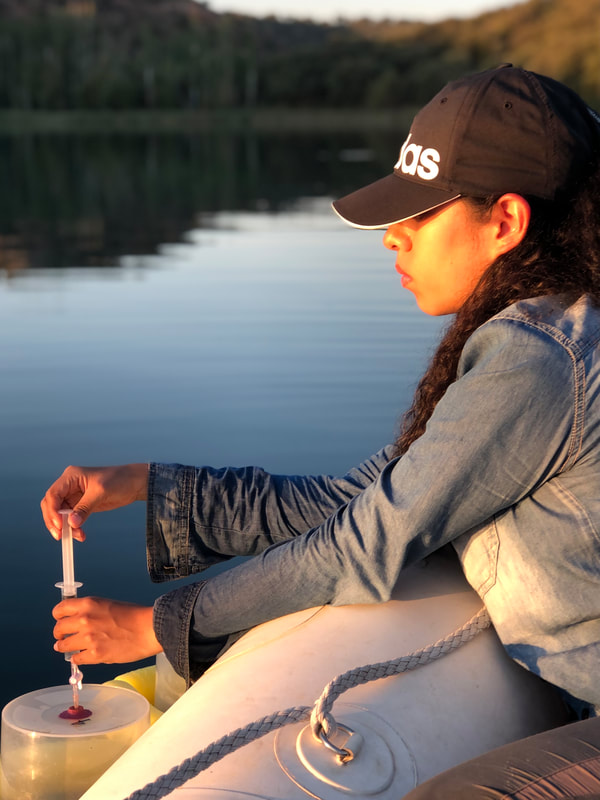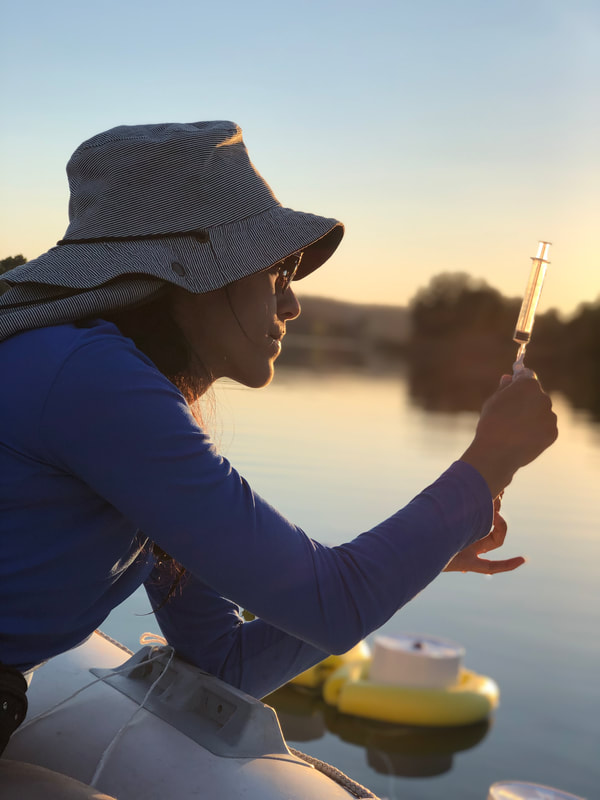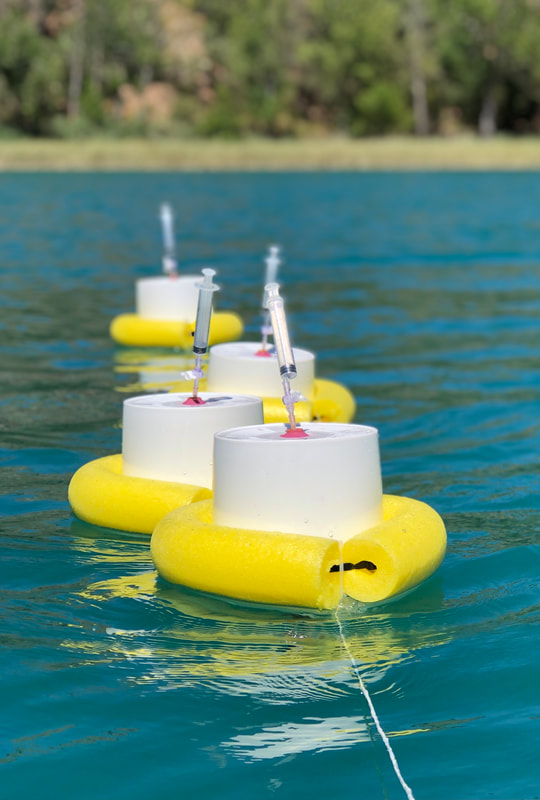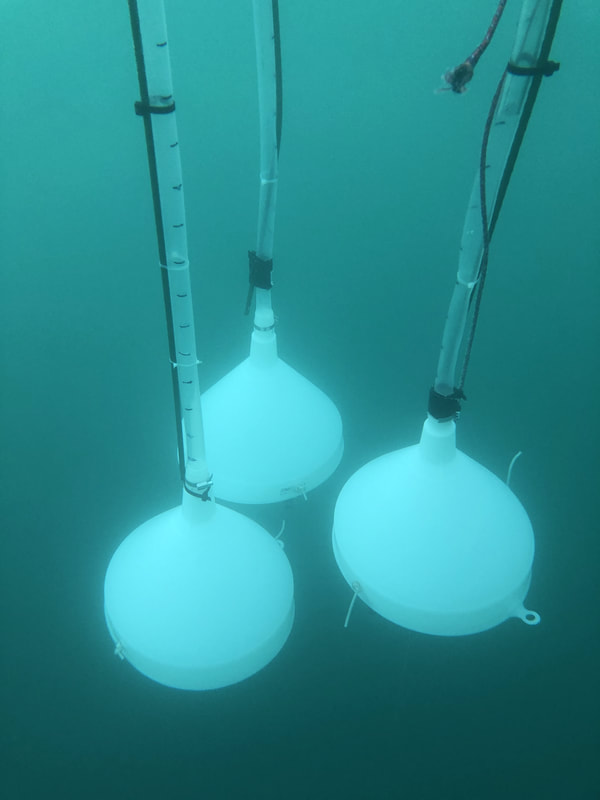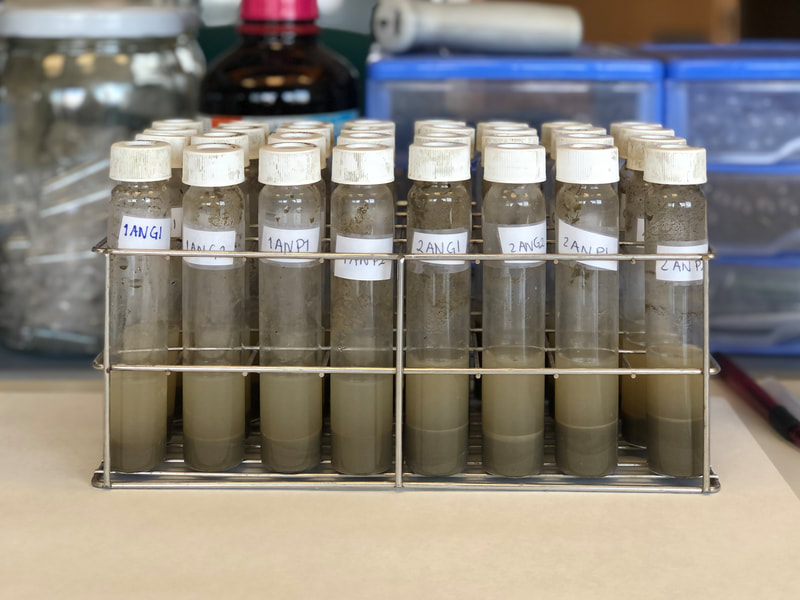Anaerobic oxidation of methane coupled to denitrification in lakes: control mechanisms and effects on net emissions of methane and nitrous oxide (DAMOLAKE)
PID2020-116147GB-C21 - Spanish Ministry of Science and Innovation, National Plan of Research-Development-and-Innovation. 01/09/2021 - 31/08/2025. Funds: 385,600 €.
IP-Coordinate: Salvador Sánchez-Carrillo (IP-C22: M.A. Rodrigo, U. Valencia).
Contributors: C21: Miguel Álvarez-Cobelas (MNCN-CSIC); Raquel Sánchez-Andrés (CBC); David G. Angeler (SLU); Javier Alcocer, Martín Merino-Ibarra, Rocío Alcántara, Francisco J. Cervantes, Andrea Guzman & Mariana Vargas (UNAM), Josep-Anton Morgui (UB)
IP-Coordinate: Salvador Sánchez-Carrillo (IP-C22: M.A. Rodrigo, U. Valencia).
Contributors: C21: Miguel Álvarez-Cobelas (MNCN-CSIC); Raquel Sánchez-Andrés (CBC); David G. Angeler (SLU); Javier Alcocer, Martín Merino-Ibarra, Rocío Alcántara, Francisco J. Cervantes, Andrea Guzman & Mariana Vargas (UNAM), Josep-Anton Morgui (UB)
This is a coordinate project carried out jointly with the University of Valencia (M.A. Rodrigo, J. Mezquita and C. Rojo). DAMOLAKE addresses the anaerobic oxidation of methane coupled with denitrification in lakes from two differentiated but complementary disciplines: one related with the functional approach of lakes, focused on biogeochemical processes and the other based on the effects on lake structure, focused on the responses of the food web.
Aquatic ecosystems are responsible for most of natural methane emissions (20-40% of total CH4 emissions) and it is increasing due to eutrophication. The oxidation of methane under anaerobic conditions (AOM) is a key process which control the CH4 dynamic in aquatic environments. AOM oxidizes CH4 using alternative electron acceptors instead of oxygen. In the marine environment, AOM is linked to the reduction of SO4, but in continental aquatic systems there is some evidence, that AOM is also combined with denitrification (denitrification-coupled to anaerobic oxidation of methane, DAMO), with important implications for freshwater environments. DAMO forces us to rethink biogeochemical processes involved in methane cycling in the nature. DAMOLAKE will assess the main mechanisms involved in DAMO in lakes, focusing on acceptor electrons availability and the interaction with the complexity of aquatic food webs according with contrasted trophic conditions and climate by using field campaigns, micro/mesocosm and limnocorral assays, combined with metagenomic and stable isotope tracer studies in order to ultimately estimate the effects on CH4 and N2O net emissions of lakes to the atmosphere. By means of two subprojects, one focused on biogeochemical processes and the other on the responses of the food web, DAMOLAKE has integrated a team of researchers from 5 countries (Spain, Mexico, Sweden, Argentina and Chile) which aims to 1) to characterize the available organic substrates and electron accepters for anaerobic decomposition and the main pathways for methane production and oxidation in lakes, 2) to characterize the microbial communities performing AOM in lakes, 3) to assess the electron acceptor dynamics and humus on emission modelling of CH4 and N2O, 4) to determine the implication of the food web in DAMO processes, 5) to assess the effects of different species of submerged plants (vascular plants vs macroalgae) on DAMO, 6) to estimate the direct effects of herbivore birds and the indirect effects of plant–herbivore interactions on DAMO processes, 7) to assess interactions between DAMO process-rates and food web metrics, 8) to build a mechanistic model at lake ecosystem-scale to estimate annual CH4 and N2O emissions according with easily-to-measure abiotic and biotic indicators, 9) to contribute to environmental management creating a key about the efficiency of the submerged macrophytes for mitigation of CH4 and N2O emissions of lakes, and 10) to test whether including project findings (electronic acceptors, metagenomics, and food webs) on a global scale improve estimates and improves the accuracy of current and future atmospheric CH4 and N2O budgets.
Our expected results will be related with 1) new findings on the main environmental variables controlling methane oxidation under anaerobic conditions in lakes, 2) a new vision on the importance of CH4 in-cycling in the net emissions of greenhouse gases emitted by lakes,3) new data about the effects of macrophytes in GHG emissions from lakes, 4) novel information on the importance of food web structure of lakes on the mitigation and resilience to global climate change, 5) a new approach including macrophyte and food webs in lake restoration, and 6) new protocols to improve the precision of our global CH4 and N2O emissions estimates.
